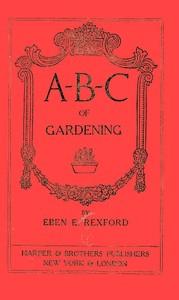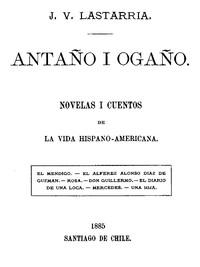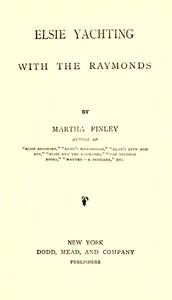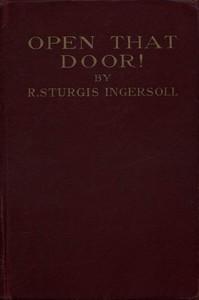|
|
Read this ebook for free! No credit card needed, absolutely nothing to pay.Words: 63435 in 33 pages
This is an ebook sharing website. You can read the uploaded ebooks for free here. No credit cards needed, nothing to pay. If you want to own a digital copy of the ebook, or want to read offline with your favorite ebook-reader, then you can choose to buy and download the ebook. CHAP. PAGE A-B-C OF GARDENING A-B-C OF GARDENING MAKING THE GARDEN The first thing to do in making a garden is to spade up the soil to the depth of a foot. The second thing to do is to work this spaded-up soil over and over until it is thoroughly pulverized. The third thing to do is to add to it whatever fertilizer you decide on using. This may be old, well-rotted manure from the cow-yard, if you can get it, for it is the ideal fertilizer for nearly all kinds of plants. But if you live in city or village the probabilities are that you will be obliged to make use of a substitute. Bone meal--the finely ground article--is about as good as anything I know of for amateur use. The amount to use will depend on the condition of the soil to which you apply it. If of simply ordinary richness, I would advise a teacupful of the meal to a yard square of ground. If the soil happens to be poor, a large quantity should be used. It is not possible to say just how much or how little, because no two soils are exactly alike. One can decide about this when he sees the effect of what has been used on the plants whose cultivation he has undertaken. I speak of using it by measure rather than by weight because the gardener will find it easier to use a cup than a set of scales. When the soil has been thoroughly pulverized and the fertilizer has been well worked into it you are ready for sowing seed--that is, if the weather conditions are favorable. It is always advisable to wait until all danger from frost is over and the ground is warm enough to facilitate prompt germination. At the North the seed of our hardier plants can safely be put into the ground about the middle of May, but the tenderer kinds can well afford to wait until the first of June. Large seed, like that of the sweet-pea, nasturtium, mirabilis, and morning-glory can be covered with half an inch of soil. Weeding should begin as soon as you can tell the weeds and the flowering plants apart. It is absolutely necessary to keep the beds clean if you would have good flowers. Allow weeds to remain, and in an incredibly short time they will get such a start of the other plants in the bed that these will have received a check from which it will take them a long time to recover, when given an opportunity to do so by the removal of the enemy. There can be no compromise between weeds and flowering plants. One must give way to the other, and weeds will have it all their own way if given the ghost of a chance. Every gardener should be the owner of a wheelbarrow, a hoe, a spade, an iron rake, a watering-pot, and a weeding-hook. The last, which will cost ten or fifteen cents, will enable you to destroy as many weeds in half an hour as you could pull in half a day by hand, and it will leave the soil in as light and porous a condition as would result from going over it with rake or hoe. MAKING A LAWN Free books android app tbrJar TBR JAR Read Free books online gutenberg More posts by @FreeBooks
: Antaño i Ogaño: Novelas i Cuentos de la Vida Hispano-Americana by Lastarria Jos Victorino - Chilean fiction@FreeBooksWed 07 Jun, 2023

: Elsie Yachting with the Raymonds by Finley Martha - Christian life Juvenile fiction; Conduct of life Juvenile fiction; Children Conduct of life Juvenile fiction; Friendship Juvenile fiction; Family Juvenile fiction; Yachts Juvenile fiction; Siblings Juveni@FreeBooksWed 07 Jun, 2023

: Open That Door! by Ingersoll R Sturgis Robert Sturgis - Books and reading@FreeBooksWed 07 Jun, 2023
|
Terms of Use Stock Market News! © gutenberg.org.in2025 All Rights reserved.






